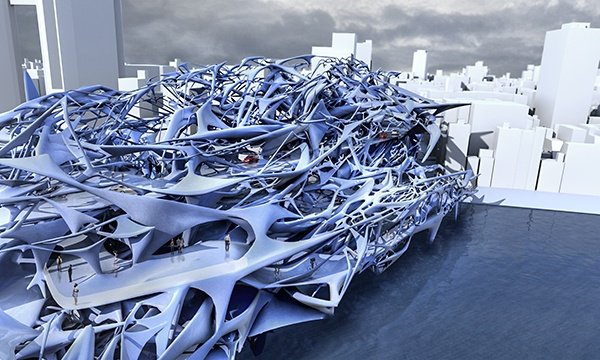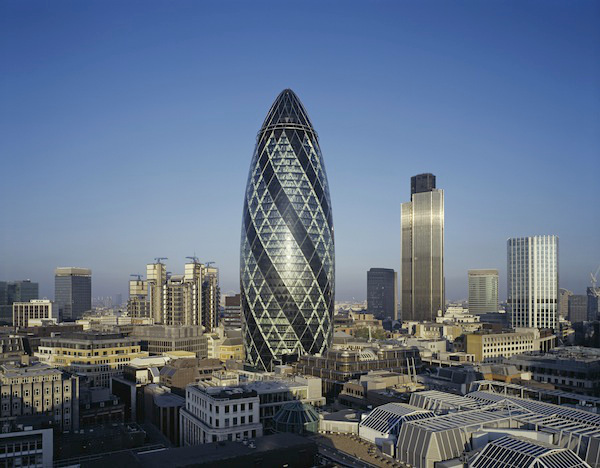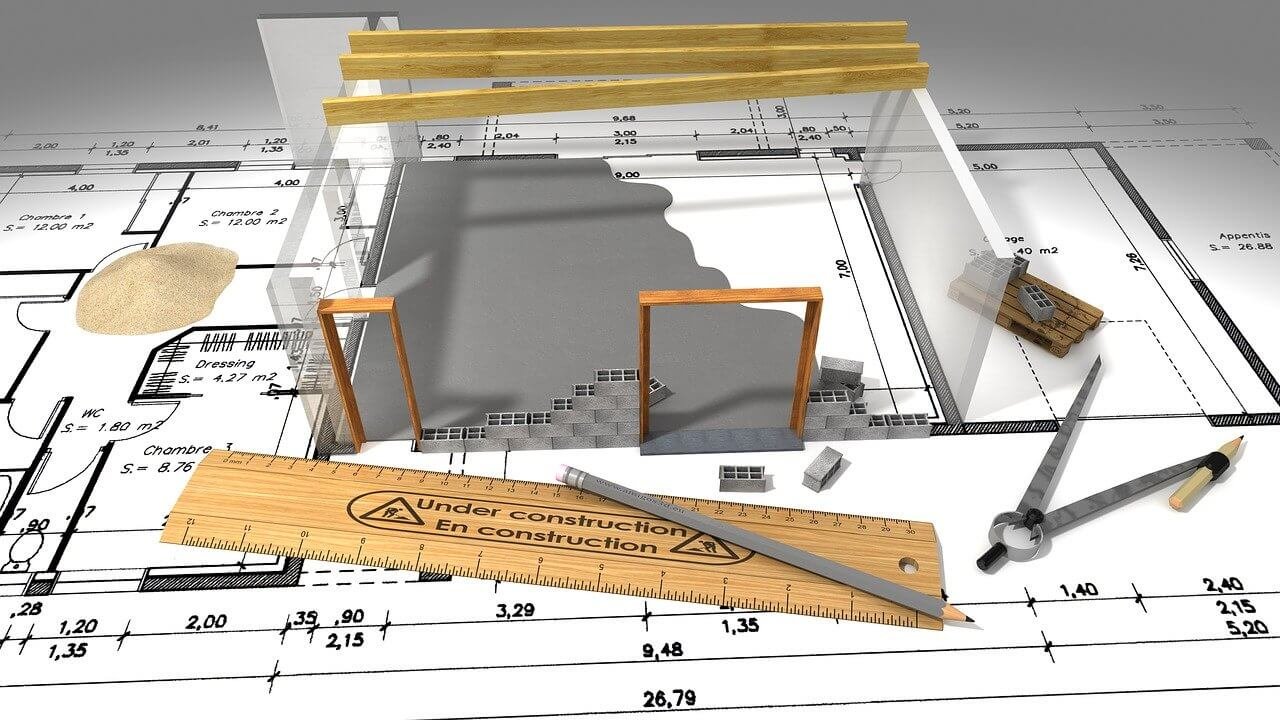An Overview:
Humans have always tried to harness the power of computers to automatically generating building design for decades. Design, like the rest of the things in a construction project, is a collaborative effort. Even with the use of new digital tools, it has been challenging across the design disciplines.
The design data originating from an architect used in several engineering tools for visualisation, analysis, and calculations will propagate automatically. Building design involves optimisation for factors affecting building performances like functions, comfort, safety, and energy. The building design is quite a complicate task with the design team trying to balance various antagonistic parameters, which in turn are subject to multiple constraints.

Architects are today able to experiment with new organic forms by using Computer-aided design (CAD), that too without restraints of tules. Frank Gehry’s Guggenheim Museum in Bilbao is one such extraordinary example of structures and functions.
Nowadays, computers are changing the building industry, but this time with algorithms for creating refined new designs, curved wider shapes. The algorithms can work out the best ways to lay out rooms, construct buildings and even change over time. Hence, algorithms are giving architects and designers a whole new toolbox for improving and working efficiently.
The use of Mathematical algorithms in Architecture:
The co-relation between maths and architecture goes back to ancient times when these two disciplines were virtually indistinguishable. Pyramids and temples were some of the earliest examples of maths principles. Today, math continues to feature prominently in building designs. It is not only limited to taking measurements but forming elements, a design that is integral to architecture.
Mathematics has always played a significant role in architecture, but the nature and function of mathematics with theories and materials only reached a certain level. Other fundamentals need to be used for more advanced mathematics in today’s architecture. We first have to get rid of dependence on geometry, as more accuracy is required when it comes to meeting the architectural descriptions of form and computer outputs.
Some of the best examples of Maths in Architecture are:
- Tetrahedral-Shaped Church: Tetrahedron is a polyhedron with four triangular faces, basically a complex pyramid. It’s a classic example of modernist architecture with 17 spires and massive tetrahedron frame stretching more than 150 feet into the sky.
- Pentagonal, Phyllotactic Greenhouse and Education Center: Eden Project is the world’s largest greenhouse comprising of geodesic domes. ‘The Core’ incorporated Fibonacci numbers (a math sequence that related to the branching, flowering, or arrangements of things in nature) and phyllotaxis (arrangement of leaves) in its design.

- Mathematically-Inclined Cucumber in Sky (591-feet tall, with 41 floors): The architects carefully constructed ‘the gherkin’ with the help of parametric modelling amongst other math-savvy formulas. These methods let them predict how to minimise whirlwinds around the base.

Algorithmic Designs:
Algorithms have also helped the architects with the design stage and helping them understand how buildings will be used by revealing hidden patterns in existing and proposed structures. These can be geometrical and spatial characteristics such as the ratio of public to private areas. They can also be visual and physical connections that show what people can and can’t see from every point of a building enabling us the predict the flow of people.

Algorithms are also used to extend the capability of designers to think about the generate shapes and arrangements that otherwise are not possible. The best thing about algorithms is, architects, don’t have to manually draw floor plans, instead use design input rules and parameters to produce the shape of the building. The algorithms are generally inspired by ideas from nature, for example, fractals (shapes that repeat themselves at ever smaller scales).
Combining three attributes like managing complex information, generating new spatial arrangements and revealing patterns, we can change our ability to improve the built environment. The algorithms are also essential for new constructions and can be adapted over time in response to structural, environmental and visitor usage data.
Does algorithmic design have a future in architecture?
The answer to this question is easy, yes. As advancements in computer science and technology are growing exponentially, it will be difficult to imagine how will the design evolve in the future and how the building industry will change. Rather than replacing the workforce with machines and technology, we should look forward to the collaboration of both. It is still unpredictable to imagine how will the algorithmic design evolves.
But we can certainly predict that with the use of algorithms we will soon be able to combine algorithms with augmenting and our ability to see the invisible and think of the impossible.



